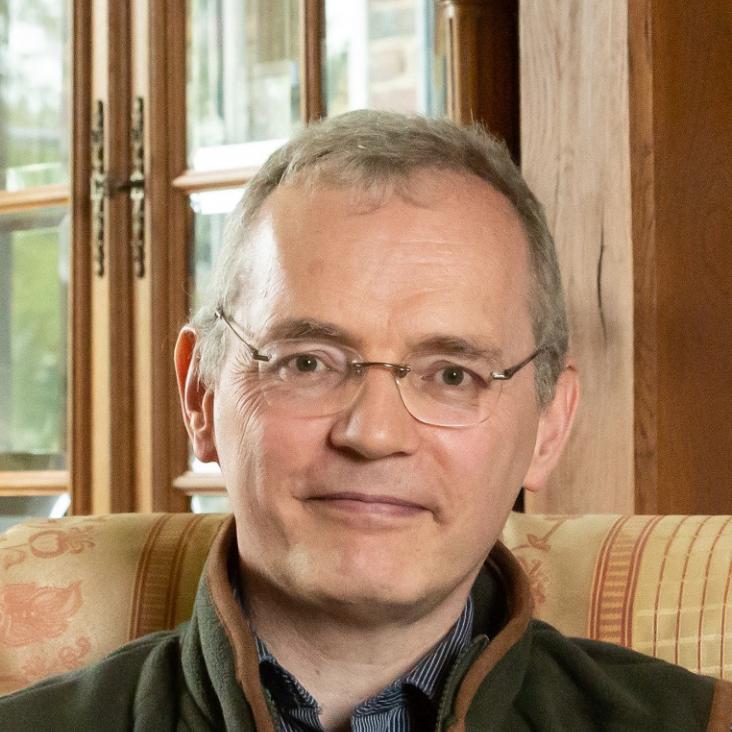A.C. susceptibility as a probe of low-frequency magnetic dynamics
(2022)
Entanglement between a muon spin and $I>\frac{1}{2}$ nuclear spins
(2022)
Probing the magnetic polaron state in the ferromagnetic semiconductor HgCr2Se4 with muon-spin spectroscopy and resistance-fluctuation measurements
Physical Review B 105:6 (2022)
Abstract:
Combined resistance noise and muon-spin relaxation (μSR) measurements of the ferromagnetic semiconductor HgCr2Se4 suggest a degree of magnetoelectric coupling and provide evidence for the existence of isolated magnetic polarons. These form at elevated temperatures and undergo a percolation transition with a drastic enhancement of the low-frequency 1/f-type charge fluctuations at the insulator-to-metal transition at ∼95-98K in the vicinity of the magnetic ordering temperature TC∼105-107K. Upon approaching the percolation threshold from above, the strikingly unusual dynamics of a distinct two-level fluctuator superimposed on the 1/f noise can be described by a slowing down of the dynamics of a nanoscale magnetic cluster, a magnetic polaron, when taking into account an effective radius of the polaron depending on the spin correlation length. Coinciding temperature scales found in μSR and noise measurements suggest changes in the magnetic dynamics over a wide range of frequencies and are consistent with the existence of large polarized and domain-wall-like regions at low temperatures, that result from the freezing of spin dynamics at the magnetic polaron percolation transition.Muon spin spectroscopy
Nature Reviews Methods Primers Springer Nature 2:1 (2022) 4
Abstract:
Muons are particles with a spin of ½ that can be implanted into a wide range of condensed matter materials to act as a local probe of the surrounding atomic environment. Measurement of the muon’s precession and relaxation provides an insight into how it interacts with its local environment. From this, unique information is obtained about the static and dynamic properties of the material of interest. This has enabled muon spin spectroscopy, more commonly known as muon spin rotation/relaxation/resonance (μSR), to develop into a powerful tool to investigate material properties such as fundamental magnetism, superconductivity and functional materials. Alongside this, μSR may be used to study, for example, energy storage materials, ionic diffusion in potential batteries, the dynamics of soft matter, free radical chemistry, reaction kinetics, semiconductors, advanced manufacturing and cultural artefacts. This Primer is intended as an introductory article and introduces the μSR technique, the typical results obtained and some recent advances across various fields. Data reproducibility and limitations are also discussed, before highlighting promising future developments.Anomalous magnetic exchange in a dimerized quantum magnet composed of unlike spin species
PHYSICAL REVIEW B 104:21 (2021) ARTN 214435


